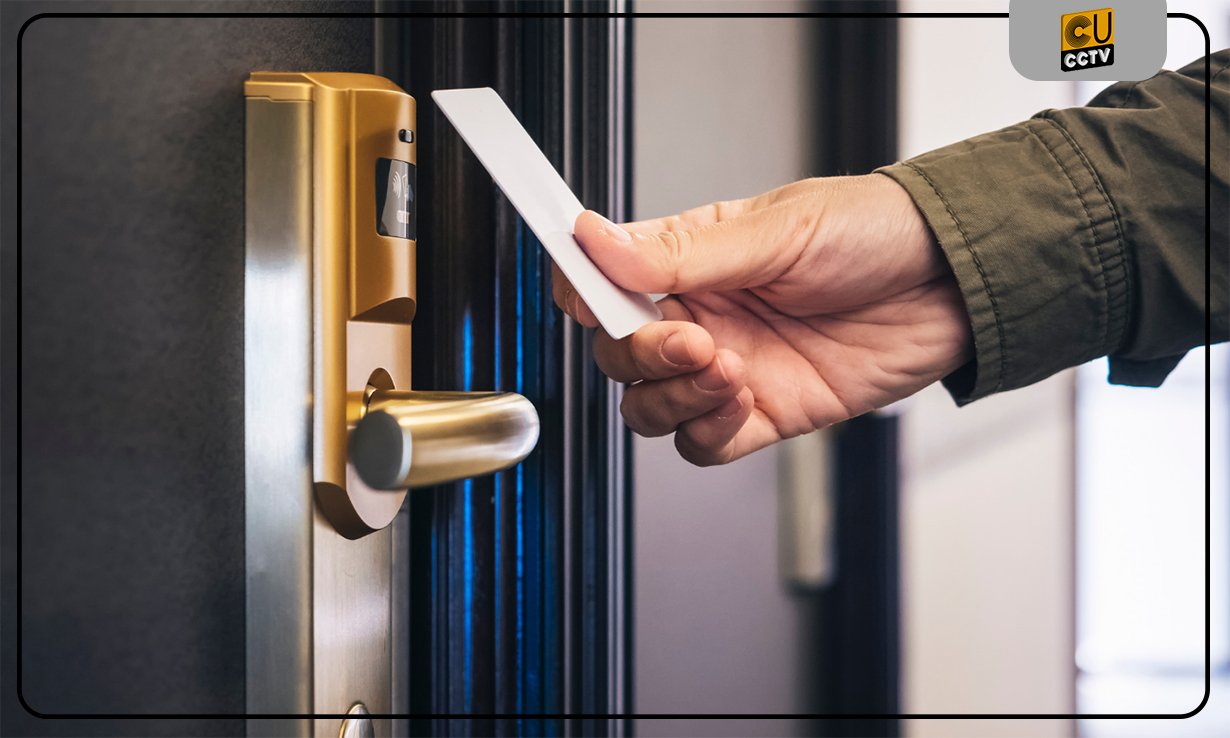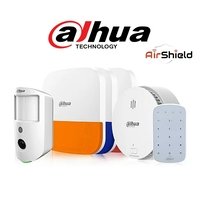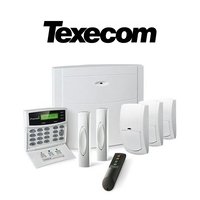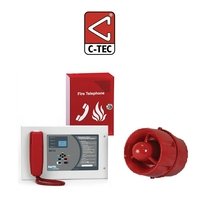Access Control Systems

How does a door access control system work?
In the fields of physical security and information security, access control (AC) is the selective restriction of access to a place or other resource while access management describes the process. The act of accessing may mean consuming, entering, or using. Permission to access a resource is called authorization.
Locks and login credentials are two analogous mechanisms of access control.
The Key elements of the system are The Tag, The Reader, The Controller and The Lock.
The Tag – Each user has a Tag which will be authorized on certain doors at specific times by the system administrator.
The Reader – Is on the controlled side of the door (both sides if control is in and out). The Tag is presented in the proximity of the reader and, if authorised at that time on that door, the door lock will be opened.
The Controller – This is the core of the system, it stores all the authorisation information, which it receives from a PC. When it receives a Tag ID from a reader, it releases the door lock if that Tag is authorised at that door.
The Lock – This can be any electro-mechanical locking device, fail safe or fail secure.
The access control system is an electronic system which utilizes electronic keys (the tags) to open door locks. The tag, which can be carried by the user on their key ring, is presented in the Proximity of a reader, located adjacent to a door and communicates with that reader utilizing encoded radio waves.
There is no need for any contact between the Tag and the Reader. Anytime a tag is recognized by the reader, if it is authorized on that door, a signal is transmitted to release an electrically to release the lock.Each tag has a unique number stored on an electronic chip encased in plastic. There is no power source (battery) within the tag.
The reader is essentially an antenna which is hard wired to a control unit.
The reader on the door is powered, via the control unit. It produces radio waves via its antenna.
The tag also has an antenna which gains the radio waves from the reader. When the tag is within approximately 75mm of the transmitter, the power contained within the transmitted radio waves is significant to induce a small current in the chip contained in the tag. This current powers and operates the chip which is “programmed” to send an encrypted unique ID number back to the reader.
The reader sends this unique number back to the controller, which holds a digital decoder, memory and an IC (integrated circuit). The IC controls the operation and “decides” what to do with any information that the reader sends to it.
Via the decoder the unique identification number is extracted from the signal that the tag sent.
The controller compares the ID number against stored tag numbers that the administrator has already loaded to the unit. If the number received has been stored in the unit, and has been authorised to have access to that door at that time, the IC is programmed to send an electrical signal to unlock the lock. The duration of this signal is programmed by the administrator.
The signal sent by the control unit operates the electrical door lock which releases a physical stop on a door lock allowing it to be opened by the tag owner.
Instead of using a Tag, biometric information can be used, this is sent from the biometric reader to the controller in the same way as the Tag ID. This can be fingerprint, hand print, iris recognition or face recognition.
Access control system components
- Components of an access control system include:
- An access control panel (also known as a controller)
- An access-controlled entry, such as a door, turnstile, parking gate, elevator, or other physical barrier
- A reader installed near the entry
- Locking hardware, such as electric door strikes and electromagnetic locks
- A magnetic door switch for monitoring door position
Request-to-exit (RTE) devices for allowing egress. When a RTE button is pushed, or the motion detector discovers motion at the door, the door alarm is temporarily ignored while the door is opened. Exiting a door without having to electrically unlock the door is called mechanical free egress. This is an important safety feature. In cases where the lock must be electrically unlocked on exit, the request-to-exit device also unlocks the door
3 Keys to Efficient Access Control
- Access control systems should work comprehensively.
The term “access control” implies management of entries and exits. The best access control systems, consequently, let the most comprehensive management of entries and exits.
The foundation to this is physical control: access control should allow admins to determine who can enter and exit a space, and who can’t.
Further, part of controlling access includes understanding how access is happening – are certain areas or times busier than others? Are certain users accessing areas more frequently? Are entries or exits happening at suspicious times?
Efficient access control systems should generate the data behind access. That way, administrators can not only physically dictate who can enter and exit – they can also detect how entries and exits are happening, allowing them to recognize any suspicious activity and maintain security.
- Access control systems should work easily.
Comprehensive access control is important. It assists effective security. But if access control systems are difficult to manage, administrators will struggle to use them correctly, and building security will suffer.
That’s why access control systems should work easily.
- Access control systems should work with other systems.
Conclusively, access control systems should also be easy to integrate. The most effective systems work well with other systems. For instance, an access control solution that easily integrates with a video surveillance solution can help admins to view entries and exits in real-time and with customizable alerts tied in, can speed up reactions to any security issues that may happen. This is something ProLux also offer.
An access control system that integrates with an alarm system could go a long way in stopping theft.
An access control system integrated with HVAC systems could help to increase efficiency in energy usage by ensuring that buildings aren’t unnecessarily climate-controlled when there’s nobody in them.
If access control systems can integrate with other systems, the possibilities of usefulness are nearly limitless.










